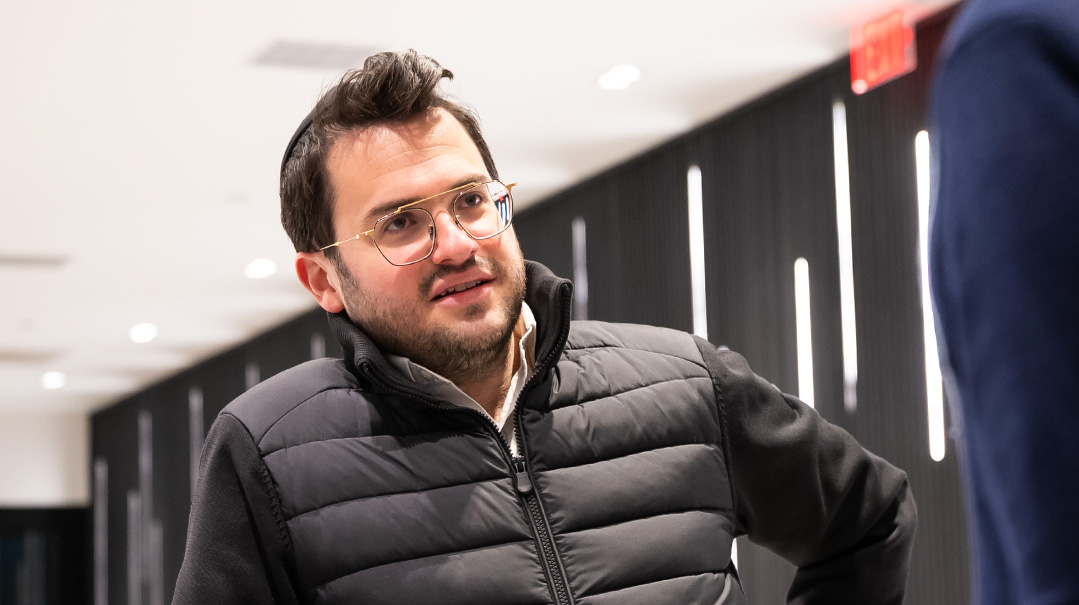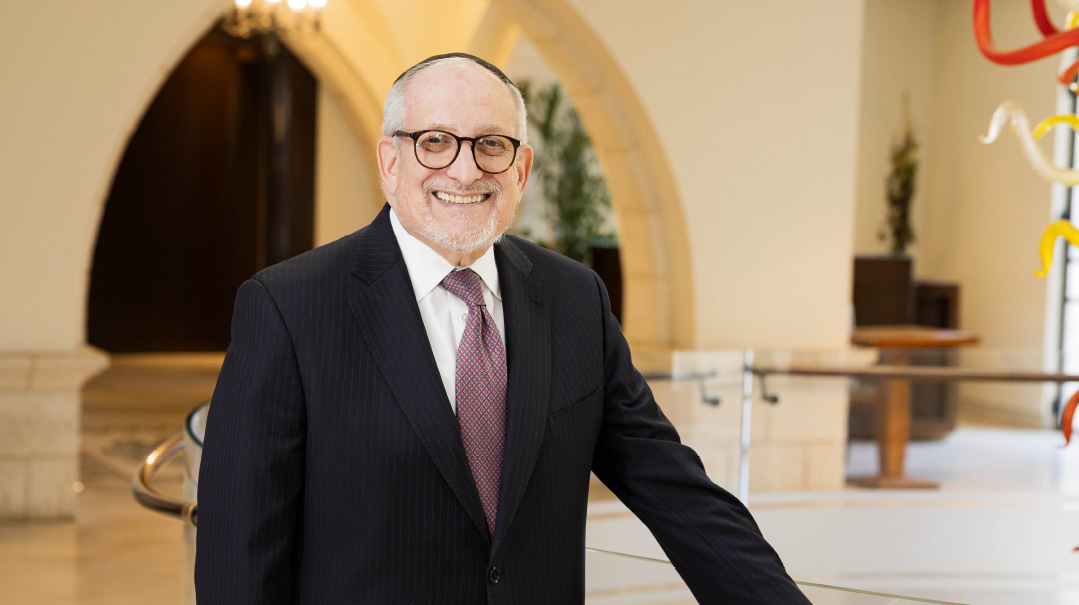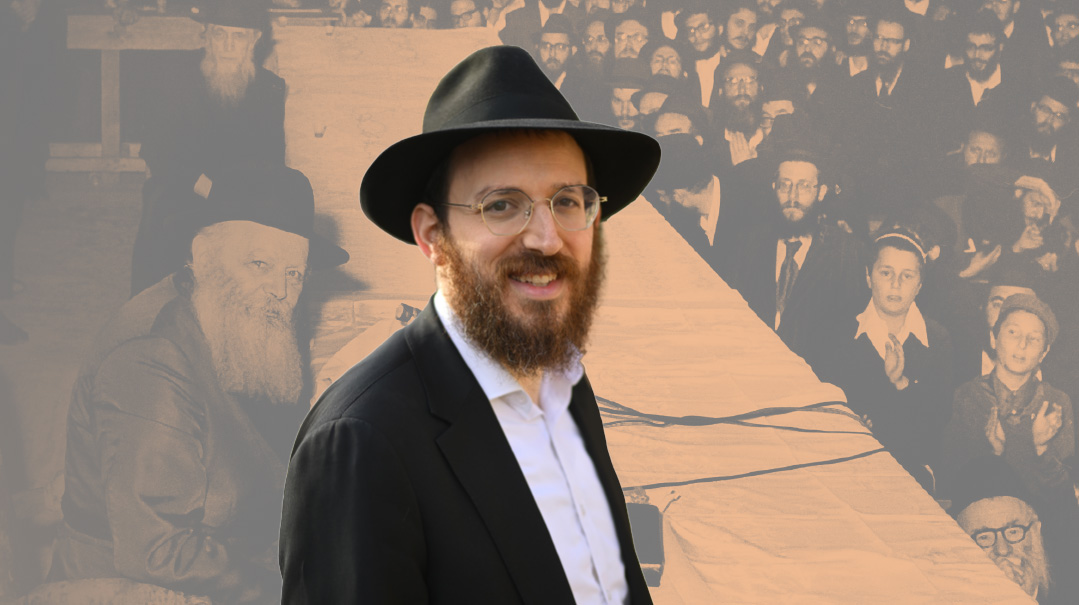The Mir’s Lost Lion

A sefer named Yonas Eilem, written by Rav Yonah Karpilov, also known as Rav Yonah Minsker

Photos: Yad Vashem Archives, Yeshivah University Archives, Mir Yerushalayim Archives, Wilensky Family, Feivel Schneider, JDC Archives, DMS Yeshivah Archives, E&S Tours, David Bald
Additional research and image sourcing by Dovi Safier
Ask a yeshivah bochur or yungerman to list the seforim “classics” of the yeshivah world and the response will likely include the Ketzos HaChoshen, Nesivos Hamishpat, Rav Chaim Soloveitchik, Birchas Shmuel, Divrei Yechezkel, Imrei Moshe, the Brisker Rav — and a sefer named Yonas Eilem, written by Rav Yonah Karpilov, also known as Rav Yonah Minsker.
Unlike the others on this list, Rav Yonah had very limited years on this earth and never held an official leadership position; yet his work is discussed in the same breath as the titans of the yeshivah world.
How and why is this the case, and if so, why has the sefer languished in and out of print in an old font until now? How did a Brooklyn yungerman of Syrian heritage come to edit and publish the first new edition of the sefer to be published in 35 years? And what role did a trip to Europe and a late-night podcast play in bringing Rav Yonah’s Torah to a new generation?
IT
was a frigid day in Yokohama, Japan, that January morning in 1941 when the Imperial Japanese Telegraph service delivered an urgent telegram to the former official chief rabbi of Vilna Rabbi Yitzchak Rubinstein and rescue leader and Mizrachi activist Zorach Warhaftig, who were temporarily located in the city’s Central Hotel. The telegram had been dispatched from Soviet-occupied Vilna and contained a desperate English-language message: “PLEASE TRY JAPAN TRANS VIZAS MY BROTHER MOSHE RAFALOWITZ AND YONA KARPILOV.”
The brief telegram was a last-ditch attempt to save one of the greatest minds of the prewar Torah world, a bright light that shone from Minsk to Baranovich, from Kamenitz to Mir, from Mir to Brisk, and finally in the shadows of war in Vilna and Kovno, where it was snuffed out by the Nazis and their local collaborators. This is the story of Rav Yonah Karpilov, known to posterity by his city of origin, Rav Yonah Minsker.
By the time the telegram was sent in the winter of 1941, thousands of Jewish refugees had escaped the communist Soviet Union by traversing the Trans-Siberian railroad and departed the Soviet Union through the port city of Vladivostok across the Sea of Japan. The previous August had seen a monthlong frenzy in procuring Japanese transit visas, distributed by the legendary Japanese consul in Kovno, Chiune Sugihara. The long application process for Soviet exit visas lasted through the fall of 1940, until travel commenced in November and continued throughout that winter.
Clutching their precious documents including Soviet exit visas, Japanese transit visas, along with either authentic or dubious end visas to various countries, the escapees were temporarily housed in clusters in the Japanese cities of Kobe and Yokohama. Among the throngs of refugees was the bulk of the Mir Yeshivah student body and rebbeim with their families. They had attempted to stay together as a group, and their unique collaborative efforts in obtaining bulk visas for the majority of the institution had thus far served them well.
For those who’d stayed behind in Vilna, a year plagued by uncertainty now gave way to desperation. The Mir group wished to be reunited with one of their undisputed leaders, one of the “lions of the chaburah,” and engaged in what would sadly be futile efforts to save Rav Yonah Minsker, who had remained behind in Soviet-occupied Lithuania.
Left Behind
It’s common knowledge that the Mir Yeshivah as an entity survived the ravages of the Holocaust in a miraculous escape that landed them in Shanghai, China. What’s less well-known, however, is that unfortunately not all Mir talmidim were saved.
Several largely subjective factors kept those students behind. Some likely went home to their families upon the war’s outbreak. Some were skeptical about the visas. Others were unable to obtain the visas — either they were ineligible due to Soviet citizenship or they were missing some other documentation. (Some were able to obtain alternative visas on their own and reached the United States or other countries as individuals.)
Tragically, there were quite a few who remained in Europe during the Nazi occupation and were murdered during the Holocaust. Perhaps the most famous of these was one who stood at the apex of the Lithuanian Torah world and was the pride of Mir Yeshivah: Rav Yonah “Minsker.”
Rav Yonah did not marry; he left no descendants. However, before he was murdered, he managed to send some of his writings to a brother who’d escaped to Mandate-era Palestine. Those writings became his legacy, published as the sefer Yonas Eilem.
Yonas Eilem was initially published in 1948, and swiftly became a classic in the yeshivah world. Now, a newly revised and typeset edition — with new material culled from Rav Yonah’s Torah mentioned in other seforim — has been published. A long, meandering journey brought those prewar papers to their new form in the crisp, approachable format of the newly-released edition. Now a new generation of yeshivah bochurim can once again connect with the Torah of prewar Mir’s “lost lion.”
Oops! We could not locate your form.







